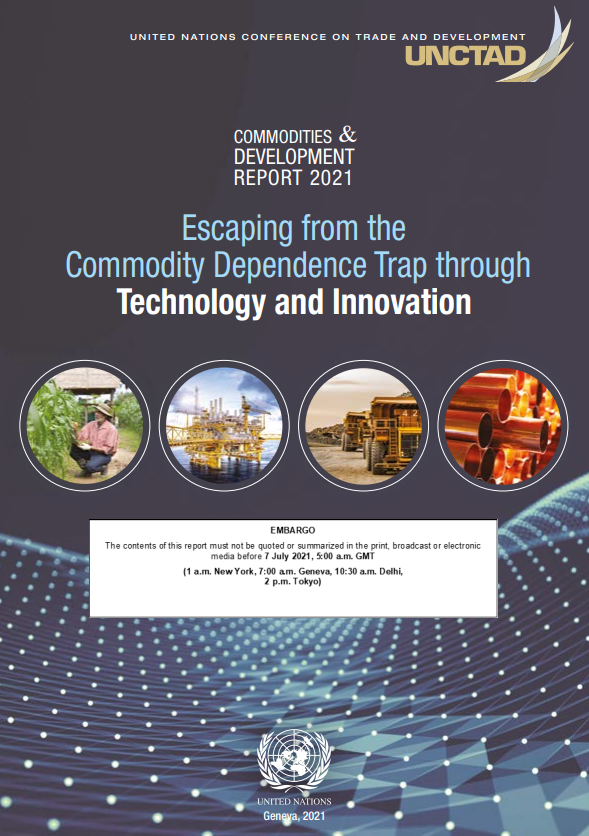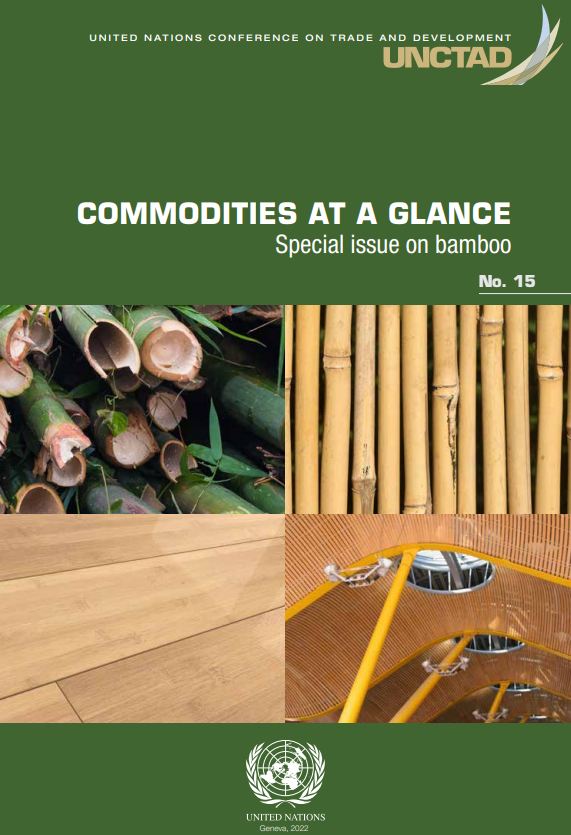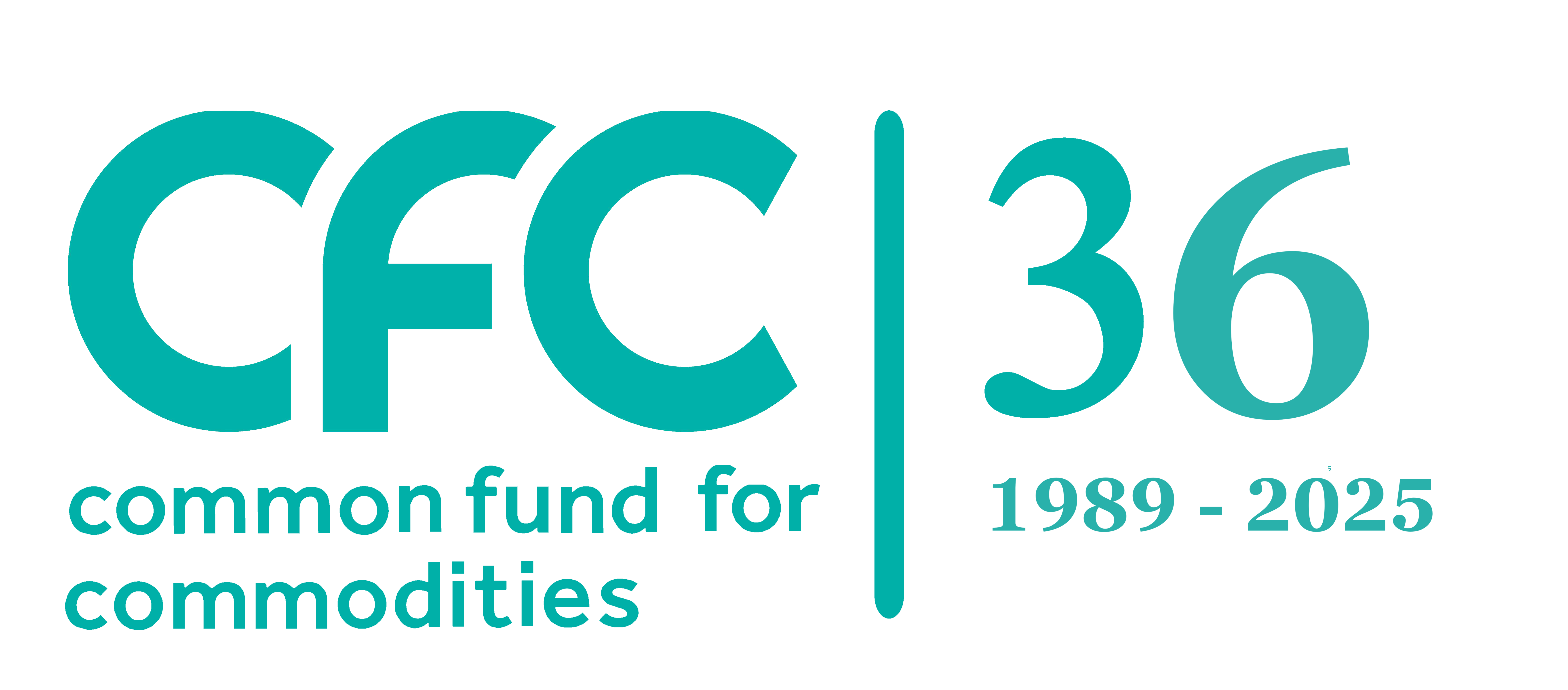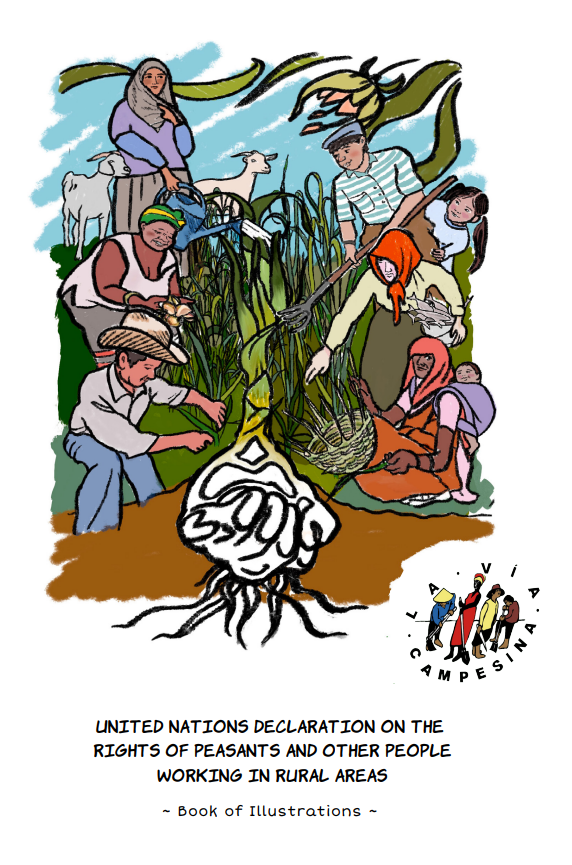While it is accepted that more investment is required in agriculture to enhance production and productivity and there is a need to reverse the neglect of agriculture over last many decades, it is also necessary to take action to address the impact of climate change by introducing large scale adaptation and mitigation measures to overcome its adverse impact. Models of climate change seem to indicate that the world can expect increasing frequency of floods, droughts and other weather related events affecting agriculture and thus food security.
Investments in food derivatives such as futures and options have increased greatly. The increase in buying food derivatives has come from large investors who are attributed to largely invest for speculation. There is no consensus about the relationship between food commodity derivatives markets and the volatility of prices. According to a College of London study, there is compelling evidence that increased speculation “is causing adverse impacts on global food prices and there is therefore a need for the commodities future market to be regulated more effectively.” There are also competing views [e.g. Gilbert] which expect financial markets to reduce the volatility of commodity markets. Greater transparency concerning the positions of financial investors in commodity markets had been identified as a major point in improving the understanding of financial impact on commodities.
Realizing the linkages between the physical and financial markets, the Common Fund for Commodities” held a conference on “Promoting Beneficial Global Financial & Commodity Market Synergies” at Brussels in December 2010 and the major recommendations of the experts were:
1. Improve markets to reduce volatility by:
- increased transparency commodity transactions through central clearing,
- disclosure of aggregate positions by different investor classes (based on the investment strategy), and
- restricting banks to their core functions.
2. Regulations and International measures to mitigate the impact of market volatility
The discussion is still wide open on measures that need to be undertaken, or can be taken at the international level. The radical proposal in this regard is to “leave commodity market to commodities”, remove or prohibit financial investors from commodity markets and regulate commodities separately from finance because of food commodities social significance. Specific regulatory measures that can be considered are:
- futures market regulations, multi-tier tax on transactions for different investor classes;
- position limits based relevant to market practice;
- public reporting of market activity;
- different treatment of commercial and speculative business.
Commodity producers will be affected by regulations through market linkage. Successful regulation would make the markets easier to “read” to more participants, makes participation could be more dispersed, information asymmetries could be reduced. Prices may be less volatile, but could also be lower, as risk premiums would fall.
Other measures that can enhance coping capacity of commodity dependent developing countries to price volatility inter alia include:
- food security stocks;
- hybrid or virtual buffer stocks combining small physical stocks and virtual reserves based on hedging instruments;
- countercyclical support policies, compensatory finance;
- policies expressly aiming to exploit commodity boom to move up the value-chain i.e. value addition;and
- regional markets and linkages to diversify markets.




